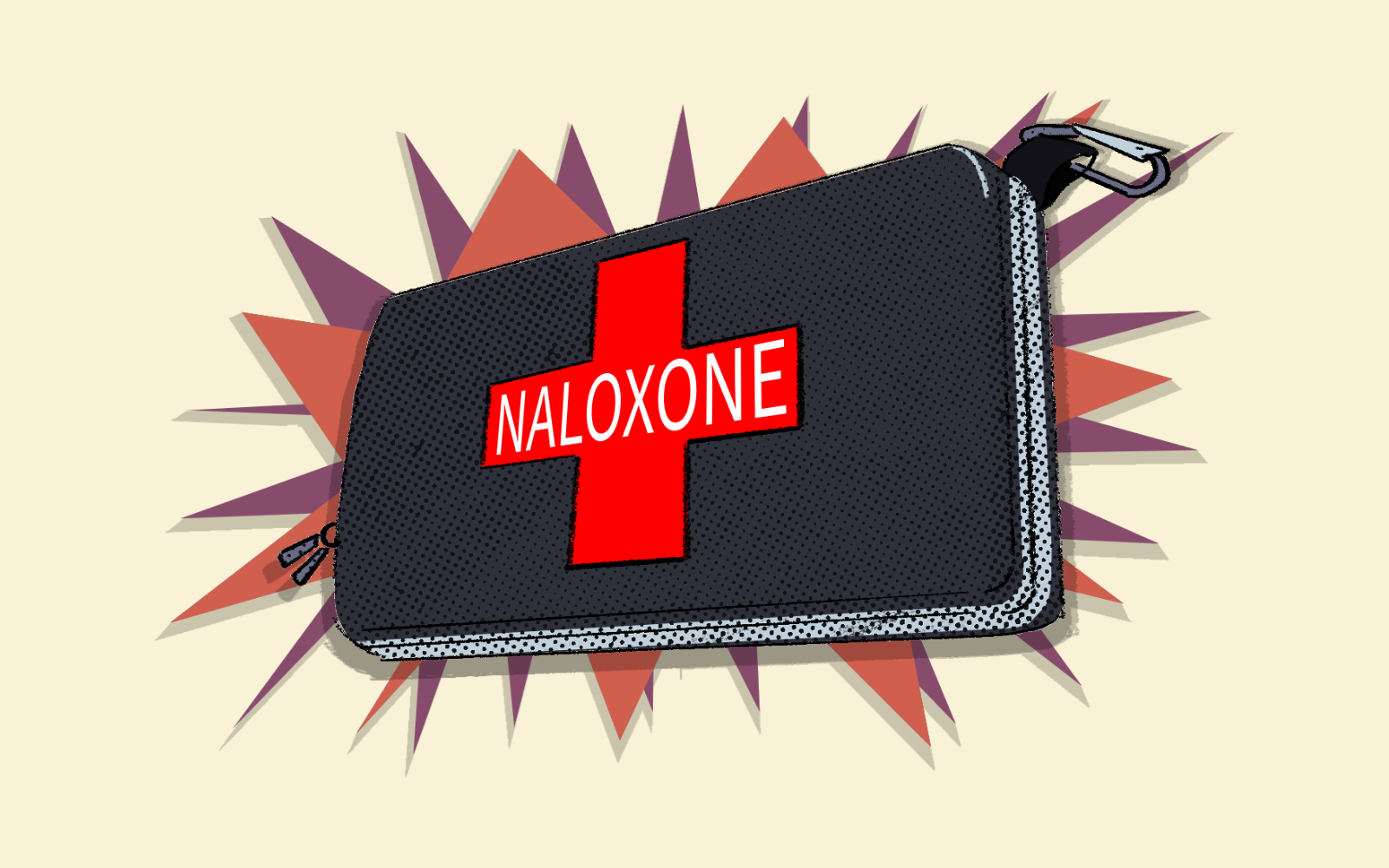Concordia’s student community looks increasingly supportive of having an open conversation about drug use
In Canada, in the first half of 2021 alone, an average of 19 people died from opioid-related overdoses every day, with a daily hospitalization of 16 people according to the federal special advisory committee on opioid overdoses.
For the Concordia chapter of the Canadian Students for Sensible Drug Policy (CSSDP) and other harm reduction organizations, these numbers could be greatly attenuated through education, support for substance users, broad access to naloxone as well as safe supplies and safer injection sites.
The CSSDP hosted a naloxone training on Jan. 26 at Le Frigo Vert at the downtown campus. Students and people in the broader Concordia community were invited to learn how to administer naloxone (also known as Narcan) to counter the effects of opioid overdose.
Harm reduction refers to the set of strategies aimed at limiting health or social risks related to a specific issue.
CSSPD member Assaf Azerrad explained that advocating for a harm reduction approach in the context of drugs meant taking the stance that drug use should not be encompassed in the criminal justice system, but instead should be understood as a public health and human rights issue.
In Oct. 2021, the CSSDP developed an anonymous 15-question survey about the perception and consumption of substances by the Concordia student body. The survey was aimed at gaining a deeper insight into how to deliver substance use education to students. A document sent to The Concordian from the CSSPD highlights that, among the 350 respondents, 60.3 per cent said they considered drug education on campus to be extremely important.
According to CSSDP member Alice Gendron, the data demonstrated a change in students’ perception of drug use and a greater openness to discussing the topic.
“The thing that is changing is maybe how open people are with talking about their substance use,” said Gendron. “There seems to be a progression in how open people are and that’s really something we focus on a lot as an organization because the more people are isolated in their consumption, that’s when issues can arise.”
Concordia student and substance analyst at CACTUS Philippe Lavoie said that opening this conversation is a way for people to start consuming more sensibly and in safer environments. CACTUS is a Montreal-based organization centered around harm reduction and prevention of sexually transmitted and blood borne infections.
“Especially with the rise of opioid overdose, I think people are thinking we should talk about this situation,” said Lavoie. “I think youth are feeling more empowered, and groups like CSSDP really help people feel safe to talk about it and exchange ideas.”
CSSPD member João Barbosa emphasized that naloxone kits are available for free at any pharmacy for everyone in Quebec.
“The most important thing is to learn how to use it because people might be afraid to administer it,” said Barbosa. “We want to help people to learn to recognize an overdose, and how to act in such a situation.”
The CSSPD also offers a substance analysis service to test substances for potential contamination with opioids such as Fentanyl. For Lavoie, this is an important harm reduction tool as the amount of street drugs that are laced with Fentanyl or Benzodiazepine rises.
“It’s part of consuming sensibly to know what you consume,” said Lavoie. “The fact of knowing what’s in it, you can better assess the risks. Knowing the different cutting agents allow us to give better harm reduction tips as well.”
Individuals that are interested in free, anonymous drug testing are encouraged to go to the CACTUS checkpoint at 1300 rue Sanguinet or to the CSSPD on Fridays from 12 a.m. to 4 p.m. at Le Frigo Vert.
Harm reduction organizations in Montreal include CACTUS, which offers supervised injection sites throughout the island, Groupe de Recherche et d’Intervention Psychosociale , a mobile drug-checking service, Dopamine in Hochelaga-Maisonneuve as well as Spectre de rue.
On campus, the Recovery and Wellness Community Centre offers resources for Concordia students who have experienced addiction and/or are in recovery.
A previous version of this article stated that the CSSPD partnered with CACTUS for the training. This was incorrect.
